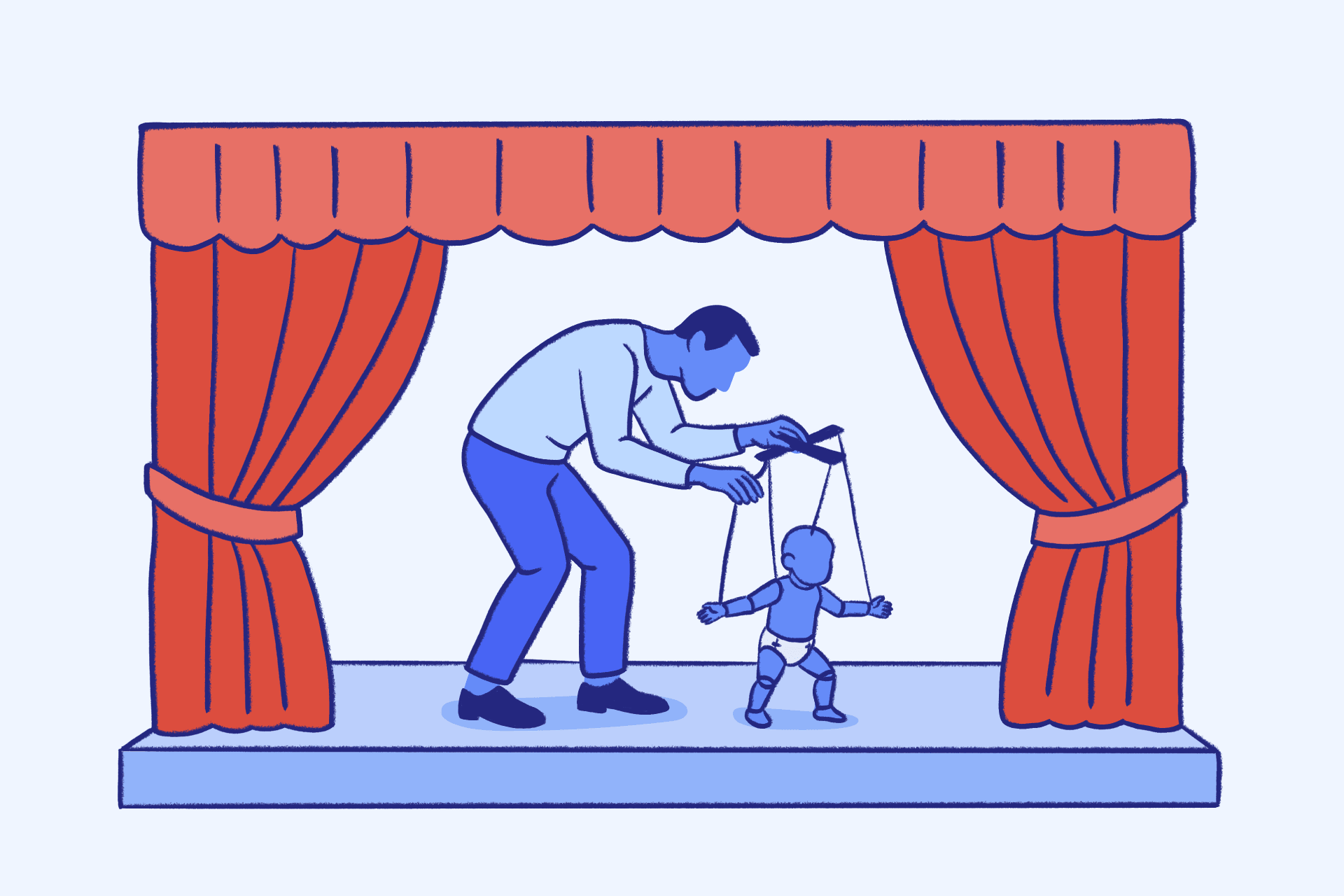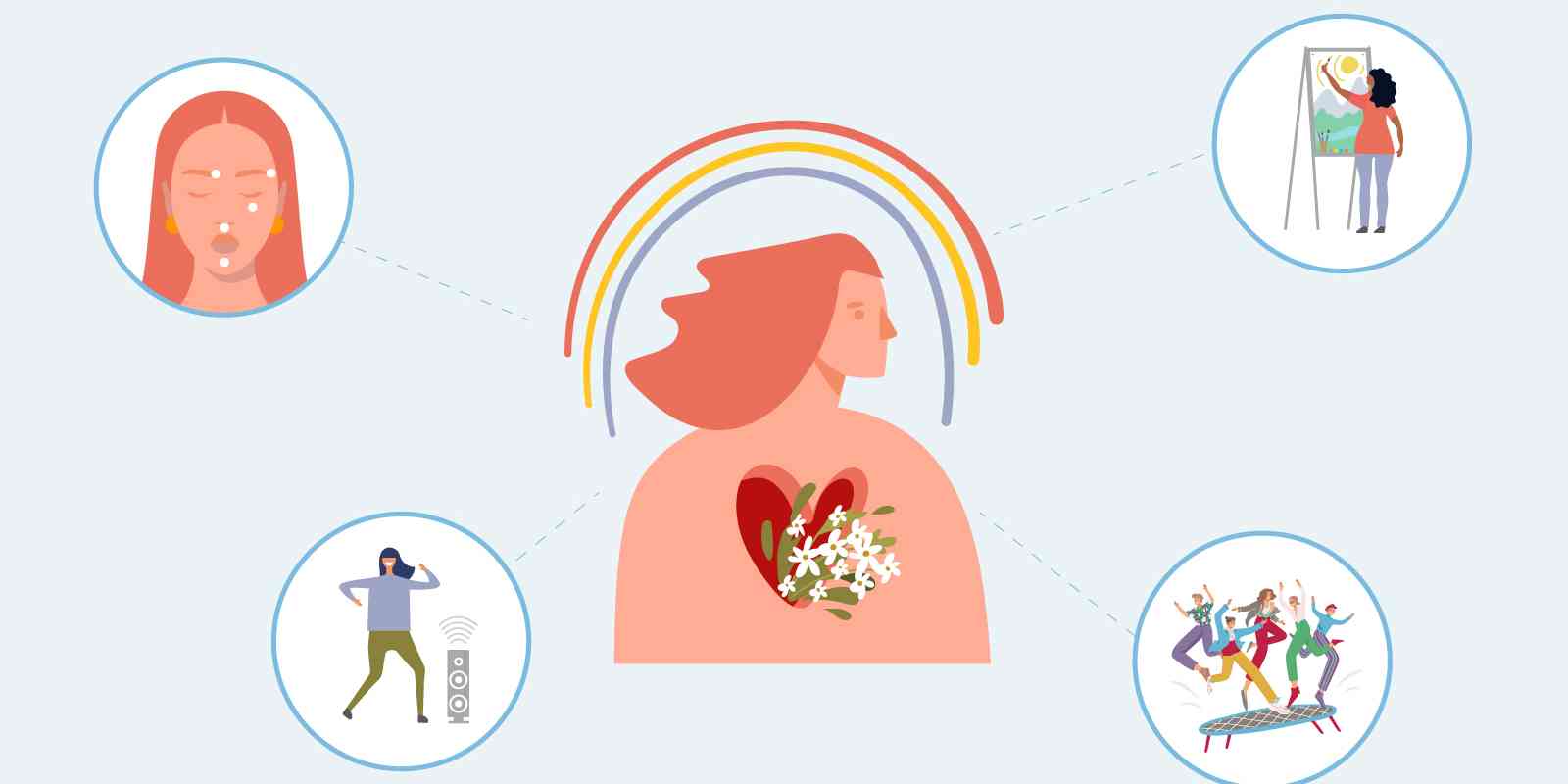Psychodrama Therapy: 5 for Emotional Healing Through Action


Kayla holds over 6 years of experience in the rehab space, including in-house content management at a leading treatment center. She believes addiction and mental health issues are universal human experiences that can serve as important entry points onto a path toward self-realization and well-being.



Kayla holds over 6 years of experience in the rehab space, including in-house content management at a leading treatment center. She believes addiction and mental health issues are universal human experiences that can serve as important entry points onto a path toward self-realization and well-being.
Sometimes talking about our problems isn’t enough. When words seem stuck or emotions feel too big to express, our bodies and actions can help us heal in ways that traditional therapy cannot. This is where psychodrama therapy comes in.
Psychodrama is a unique form of therapy that uses role-playing, enactment, and movement to help people work through their emotional challenges. Instead of just sitting and talking, you actively explore your feelings by acting out situations from your life. This hands-on approach can unlock insights and healing that might take months or years to achieve through talk therapy alone.
This therapeutic method helps many people in recovery overcome trauma, reduce anxiety and depression, and build stronger relationships. It can be especially helpful if you feel limited by traditional counseling or if you learn better by doing. Let’s explore how this therapy works, what happens in a session, and whether it’s the right choice for your path to recovery.
What Is Psychodrama Therapy?
Psychodrama therapy uses dramatic techniques like role-playing to help people gain a better understanding of emotional conflicts. Instead of just talking about problems, you act out scenes from your life with other group members or your therapist.
Here’s how the American Society of Group Psychotherapy and Psychodrama describes this types of therapy:
Psychodrama employs guided dramatic action1 to examine problems or issues raised by an individual (psychodrama) or a group (sociodrama). Using experiential methods, sociometry, role theory, and group dynamics, psychodrama facilitates insight, personal growth, and integration on cognitive, affective, and behavioral levels. It clarifies issues, increases physical and emotional well being, enhances learning and develops new skills.
The key differences from traditional talk therapy are movement and action. Rather than describing how you felt when your boss criticized you, you might act out that scene. Our bodies hold memories and emotions2 that we can’t always access intellectually. Like other experiential and arts therapies, processing emotions through a different channel often reveals insights that talk therapy might miss.
How Psychodrama Works: The Key Players
Every psychodrama session involves 3 important roles that work together to create an environment for learning and healing.
The Protagonist
The protagonist is the person at the center of the session. As the protagonist, you’ll share a situation or feeling you want to explore. You might choose to work on a recent conflict, a childhood memory, or even a recurring dream. The protagonist guides the action and decides how much to share and explore.
Auxiliary Egos
Auxiliary egos are other members of the group who help bring your story to life. They might play your mother, your boss, or even parts of yourself like your inner critic or confident self. These helpers don’t need to be perfect actors; they just need to be willing to support your healing process. Sometimes auxiliary egos even play objects or abstract concepts like hope or fear.
The Director
The director is a trained therapist who guides the entire process. They set a safe tone, guide the group through warmups, and gently steer the action toward healing insights. They know when to let scenes unfold naturally and when to suggest techniques that might help you explore deeper. Their job is to make sure all the pieces work together for an effective outcome.
In groups, people take turns playing protagonist and supporting roles. This 3-part structure creates a supportive container where you can safely explore difficult emotions and situations. Everyone contributes to the healing process.
Explore Trauma Treatment Centers
Core Techniques and Methods
Psychodrama uses different techniques3 to help you explore your inner world. Each technique serves a different purpose. Your director will choose techniques that are most helpful for your situation.
1. Role-Playing
Role-playing is the foundation of psychodrama. You act out real or imagined situations to better understand them. This might mean recreating a difficult conversation with a family member or practicing how you’d handle a challenging situation at work. Physically moving through these experiences often helps group members uncover new perspectives or solutions.
2. Role Reversal
In role reversal, you switch places with another person in your scene. If you’re exploring a conflict with your partner, for example, you might switch roles and speak as your partner would. This technique often creates surprising moments of understanding and empathy. A lot of people discover they already know more about the other person’s perspective than they realized.
3. Doubling
Doubling is when someone speaks your inner thoughts out loud. Your “double” stands behind you and voices the feelings you might be holding back. This can help you connect with emotions you’ve been suppressing or find words for complex feelings. If the double says something that doesn’t feel right, you can correct them. You’re always in control.
4. Mirroring
Mirroring involves watching someone else act out your behavior or emotions. Seeing yourself reflected this way can increase self-awareness and help you notice patterns you might miss otherwise. It’s like looking in a mirror that shows you things from a new angle.
5. Soliloquy
Soliloquy is when you speak your inner thoughts directly to the group. This technique helps externalize your internal dialogue and can reveal important insights about how you talk to yourself.
Spontaneity is central to the effectiveness of psychodrama. Rather than planning your responses, you’re encouraged to react naturally in the moment. This often reveals authentic emotions and insights that you might miss if you were rehearsing or overthinking your responses.
What Conditions Can Psychodrama Help With?
Psychodrama is powerful for healing trauma and PTSD4 because traumatic memories often live in the body rather than in words. When remembering trauma, the language center of your brain becomes less active, making it hard to talk about what happened. Psychodrama offers an alternative (or complement) to psychiatry and talk therapy that focuses on using movement and action.
People with depression and anxiety often find it helpful because it builds self-esteem and offers new ways of dealing with challenges. Acting out challenging situations gives you practice handling them in real life.
Addiction recovery benefits from psychodrama’s hands-on approach. Role-playing addictive behaviors helps people understand deeper triggers and practice refusal skills. Relationship issues also improve through techniques like role reversal, which helps you understand the other person’s perspective.
Even people without specific mental health diagnoses can benefit. It’s excellent for personal growth, improving communication skills, and gaining deeper self-awareness.
What to Expect in a Psychodrama Session
Sessions usually last 90 minutes to 2 hours and have 3 phases:
- Warm-up: Getting comfortable and choosing what to work on
- Action: The actual role-playing
- Sharing: Processing what happened with the group
Sessions begin with everyone in a circle, creating equality and openness.
The warm-up helps everyone get comfortable through simple exercises or check-ins. During the action phase, one person becomes the protagonist and works on their chosen issue with help from the director and group members. The sharing phase allows everyone to integrate what happened.
It’s important for facilitators guiding this process to ensure the safety of everyone in the group throughout the session. Directors should establish clear boundaries, ensure confidentiality, and continuously monitor how the dynamic is unfolding. You never have to do anything that feels unsafe or uncomfortable. Group sessions typically have about 6–12 people, while individual sessions are just you and your therapist.
Combining Psychodrama With Other Approaches
Psychodrama works beautifully alongside other modalities, often enhancing their effectiveness. These are just a few therapies you might use in combination with psychodrama:
- Cognitive behavioral therapy (CBT) helps you identify and change unhelpful thought patterns. Psychodrama gives you a space to practice new behaviors through role-play.
- Gestalt therapy naturally pairs with psychodrama since both focus on present-moment awareness. Some techniques, like the “empty chair” method,5 are essentially psychodrama approaches.
- Dialectical behavior therapy (DBT) and psychodrama complement each other well. You can practice DBT skills like distress tolerance through realistic psychodrama scenarios.
How Psychodrama Therapy Came to Be
J.L. Moreno, a Romanian psychiatrist working in New York, created psychodrama in 1921.1 Moreno was fascinated by the healing power of interpersonal relationships and the group setting. He believed people could become healing agents for each other—a revolutionary idea at the time.
Moreno’s inspiration came from improv theater and the growing psychoanalytic movement led by Sigmund Freud. But while Freud focused on individual analysis, Moreno saw the power of group work and active participation. Psychodrama became the first form of group psychotherapy.
During the 1940s through ‘60s, interest in psychodrama grew rapidly. It expanded beyond clinical settings into schools, businesses, and community programs. Today, psychodrama group therapy is used worldwide in a wide range of settings, from trauma treatment centers to corporate team-building programs.
Finding the Right Psychodrama Therapist
To find a qualified therapist who uses this method, look for professionals trained by recognized organizations like the American Board of Psychodrama. Your therapist should have a master’s degree or higher in mental health, with credentials like Psy.D., M.S.W., or L.M.H.C., plus specific psychodrama training.
Ask potential therapists about their approach to group safety, experience with your specific concerns, and how they integrate psychodrama with other approaches. A good therapist will be happy to explain their methods, answer your questions, and help you feel comfortable from the beginning.
Take the Next Step in Your Healing Journey
If this approach sounds right for you, the good news is that many comprehensive mental health and addiction treatment centers now include psychodrama as part of their healing programs. Explore treatment programs that offer psychodrama therapy and talk to a specialist today.
FAQs
Q: How effective is psychodrama?
A: Research shows psychodrama can be highly effective for trauma,6 depression, anxiety, relationship issues, and eating disorders. It can be as effective as traditional talk therapy, with the added benefit of often working more quickly due to its experiential nature.
Q: What is the cost of psychodrama therapy?
A: Group therapy sessions typically cost $50–$150 per session, while individual therapy sessions may range from $100–$200. Many insurance plans cover psychodrama if it’s provided by licensed mental health professionals. Check with your healthcare provider about coverage.
Q: Who can benefit from psychodrama therapy?
A: Almost anyone can benefit, from children to seniors. It’s especially helpful for people who feel stuck in traditional talk therapy, those who process information kinesthetically, and people dealing with trauma, addiction, or relationship issues.
Q: Can psychodrama help with trauma recovery?
A: Yes, psychodrama is effective for trauma because it allows you to work through traumatic memories using not just words, but your body and actions. This is especially helpful when trauma memories are difficult to verbalize.
Q: Can psychodrama therapy help with anxiety and depression?
A: Absolutely. Psychodrama builds confidence, provides new coping strategies, and offers group support, all of which are crucial for managing anxiety and depression. The active nature of the therapy often provides faster mood improvements than talk therapy alone.
-
“What Is Psychodrama?” ASGPP, https://asgpp.org/what-is-psychodrama/.
-
van der Kolk, Bessel A. The Body Keeps the Score: Brain, Mind, and Body in the Healing of Trauma. Viking, 2014. The Body Keeps the Score: Brain, Mind, and Body in the Healing of Trauma.
-
Giacomucci, S. (2021). Essentials of Psychodrama Practice. In: Social Work, Sociometry, and Psychodrama. Psychodrama in Counselling, Coaching and Education, vol 1. Springer, Singapore. https://doi.org/10.1007/978-981-33-6342-7_13
-
Giacomucci, Scott, and Joshua Marquit. “The Effectiveness of Trauma-Focused Psychodrama in the Treatment of PTSD in Inpatient Substance Abuse Treatment.” Frontiers in Psychology, vol. 11, May 2020. Frontiers, https://doi.org/10.3389/fpsyg.2020.00896.
-
Empty Chair Technique | EBSCO Research Starters. https://www.ebsco.com/research-starters/health-and-medicine/empty-chair-technique.
-
Kipper DA, Ritchie TD. The effectiveness of psychodramatic techniques: a meta-analysis. 2003. In: Database of Abstracts of Reviews of Effects (DARE): Quality-assessed Reviews [Internet]. York (UK): Centre for Reviews and Dissemination (UK); 1995-. Available from: https://www.ncbi.nlm.nih.gov/books/NBK69723/
Our Promise
How Is Recovery.com Different?
We believe everyone deserves access to accurate, unbiased information about mental health and recovery. That’s why we have a comprehensive set of treatment providers and don't charge for inclusion. Any center that meets our criteria can list for free. We do not and have never accepted fees for referring someone to a particular center. Providers who advertise with us must be verified by our Research Team and we clearly mark their status as advertisers.
Our goal is to help you choose the best path for your recovery. That begins with information you can trust.








